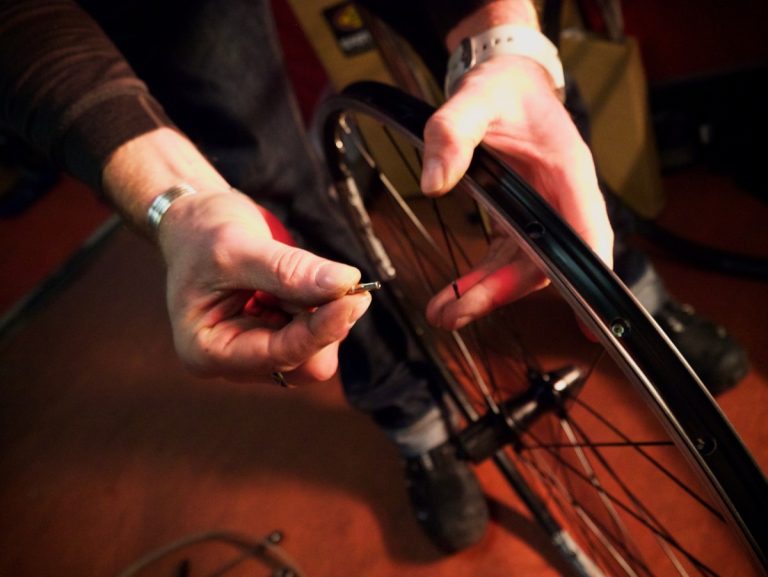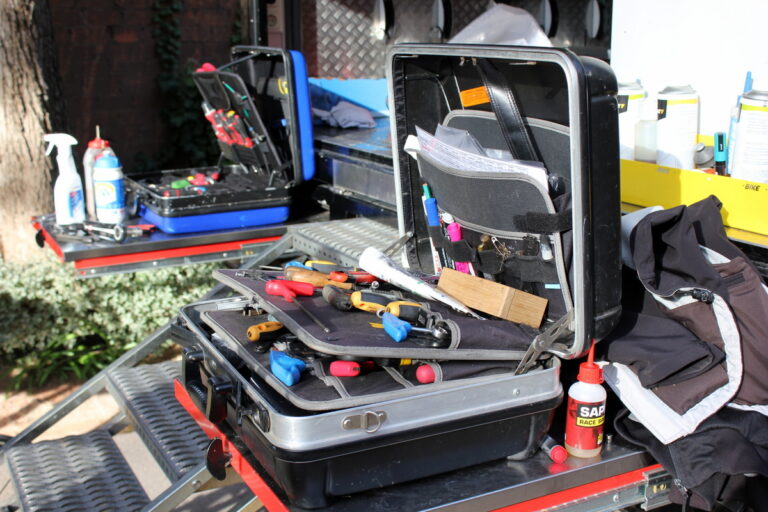-
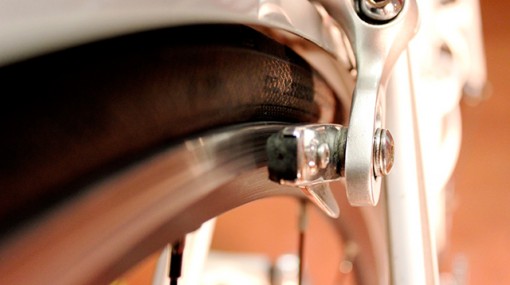
The wear sustained by this pad is obvious from its thinness
-
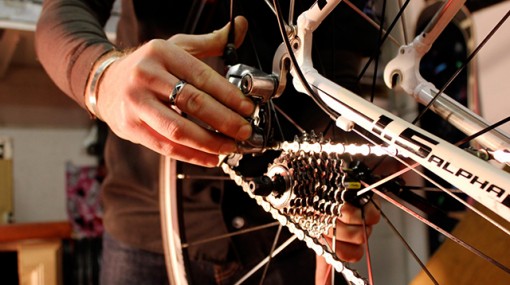
It's easier to replace brake pads when the wheel has been removed
-
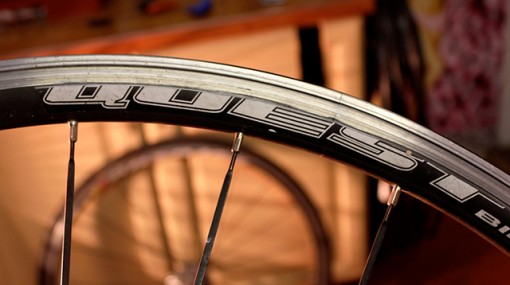
The poor condition of this graphic is evidence of wear suffered by the rim
-
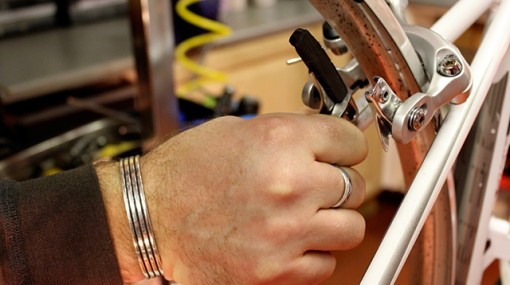
Pads can be persuaded to leave the shoe with use of a screwdriver
-

Silver particles on the pad are likely to be pieces of aluminium from the rim. Remove with a pick if the shoe has sufficiently good to be used again
-
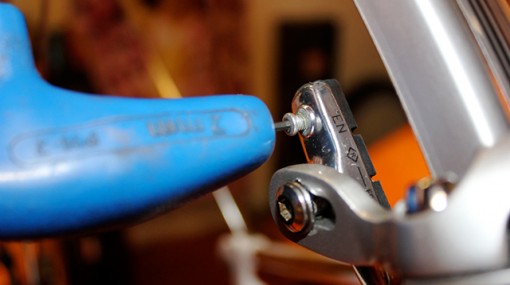
Grub screws can wear and easily become rounded. If your replacement pads are supplied with new grub screws, use them
-
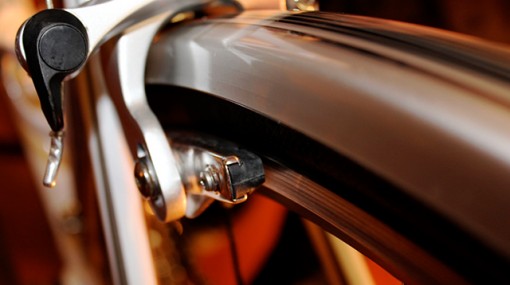
New pads and regularly inspected rims - a safe combination
Winter conditions are notoriously hard on bicycles.
Brake pads and wheel rims are among the components that bear the brunt of the additional water, grit, and debris thrown from the road surface at this time of year.
Pads, nothing more sophisticated than small blocks rubber, are placed under immense strain by the greater pressure required to generate friction on a wet or dirty rim.
The coating collected by the pads from the water and from road grime places additional wear on the rim, an integral part of the braking system for caliper brakes.
In extreme, but not uncommon, cases, the rim will crack; the result of being reduced by wear from the pads to a thickness no longer able to support the pressure of the tyre.
“Checking your pads and rim surface is equally important – especially in the winter,” says Jon Hayes of independent bike shop, Ride.
Our demonstration involves cartridge pads: a design that allows replaceable rubber inserts to slide into the brake shoe. The metal shoe is more resistant to flex than a rubber block and so offers better stopping power.



